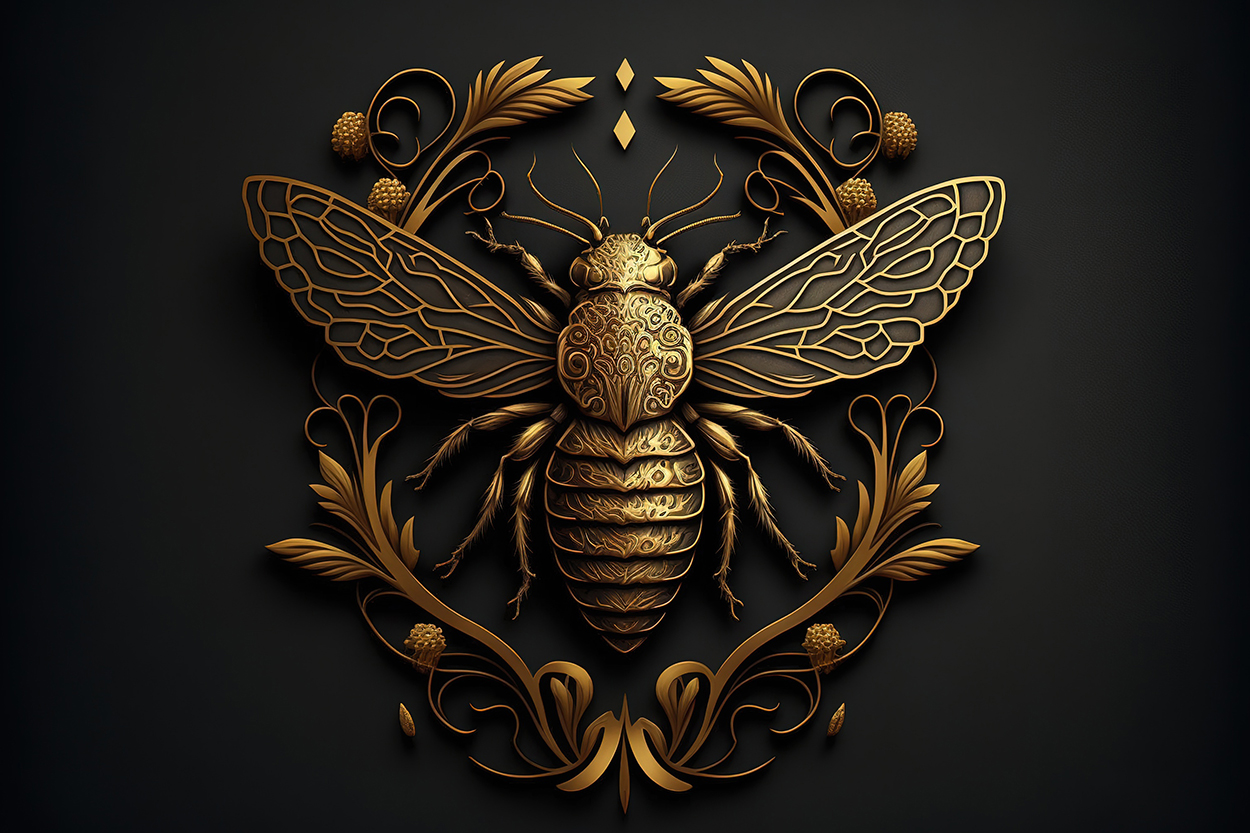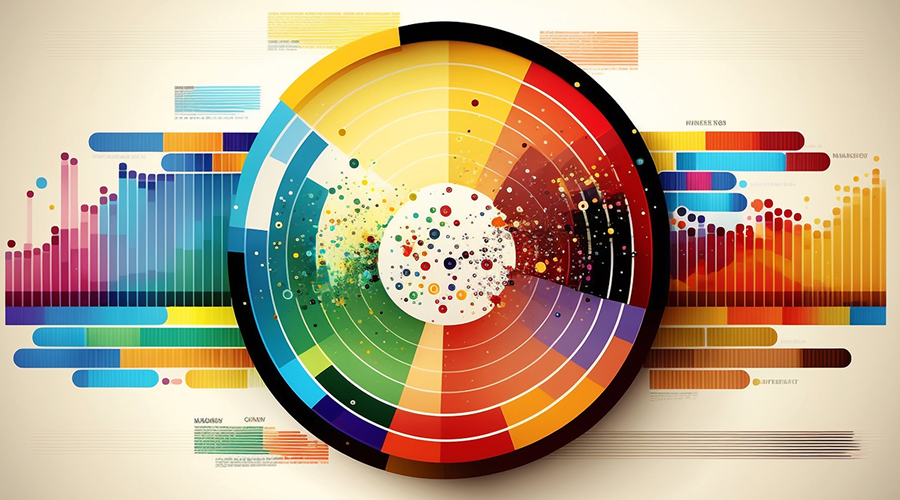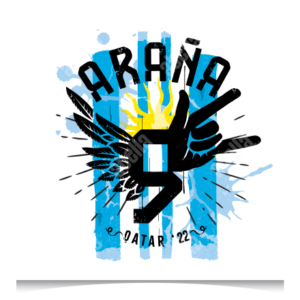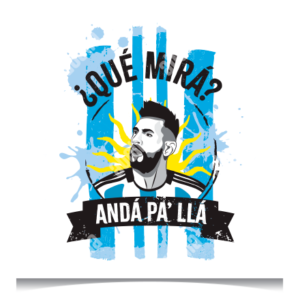Graphic design and artificial intelligence are two fields that have experienced an interesting convergence in recent years, revolutionizing the way visual art is created and interpreted.
Artificial intelligence has opened up new possibilities in graphic design, allowing for the automation of repetitive tasks and the generation of creative content in a faster and more efficient manner. AI-assisted design tools, such as logo generators, color palettes, and layout design, have streamlined the creative process and provided designers with more time to focus on strategic and creative tasks.
Furthermore, artificial intelligence has proven to be a valuable tool for improving accessibility in graphic design. With image recognition algorithms and natural language processing, it is possible to adapt and customize visual content for different audiences, including people with visual disabilities.
On the other hand, some designers have questioned the role of artificial intelligence in the creative process, arguing that it may affect the originality and authenticity of the design. However, many see AI as a complementary tool that can inspire new ideas and enrich the creative process, rather than completely replacing human creativity.
In conclusion, artificial intelligence is transforming graphic design in exciting and promising ways. By combining human creativity with the power of AI, innovative and surprising results can be achieved.

Examples
These are some examples of how artificial intelligence is impacting graphic design and how designers can harness this technology to create more efficiently and effectively:
- Automatic logo generation: With AI-assisted design tools, designers can create logos quickly and easily. These tools use machine learning algorithms to analyze the client’s style and preferences and generate logo options that fit their needs. This saves time and effort for the designer, allowing them to focus on refining and perfecting the generated designs.
- Customization of designs: Artificial intelligence enables the adaptation of graphic designs to individual user preferences. For example, on e-commerce websites, AI algorithms can display specific images and designs based on the user’s purchase history and behavior, enhancing the customer experience and increasing the likelihood of making a purchase.
- Recognition and optimization of images: AI algorithms can analyze images and automatically optimize them for use on different platforms and devices. This includes adjusting the size, resolution, and quality of the images to make them look better on websites, social media, or mobile applications.
- Generative design: Artificial intelligence has enabled the creation of generative art, which is a design style where the artist sets certain parameters and AI completes the design in a creative and autonomous manner. This has led to the creation of unique and stunning works of art and designs.
- Accessibility improvement: AI algorithms can analyze images and describe their content for people with visual impairments. This has enhanced accessibility in design. gráfico, permitiendo que más personas puedan disfrutar y comprender el contenido visual.
- Image editing: AI-assisted image editing tools can automatically enhance and retouch photographs, correcting imperfections, and adjusting color and lighting to achieve professional results.
- Color palette generation: AI can analyze images and extract colors to create cohesive and harmonious color palettes that fit the design and desired message.
These are just a few examples of how artificial intelligence is revolutionizing graphic design and providing designers with new tools and capabilities to create more efficiently and effectively. By harnessing these technologies, designers can enhance their productivity, explore new ideas, and take their designs to a higher level.
Entry created with openai.com











